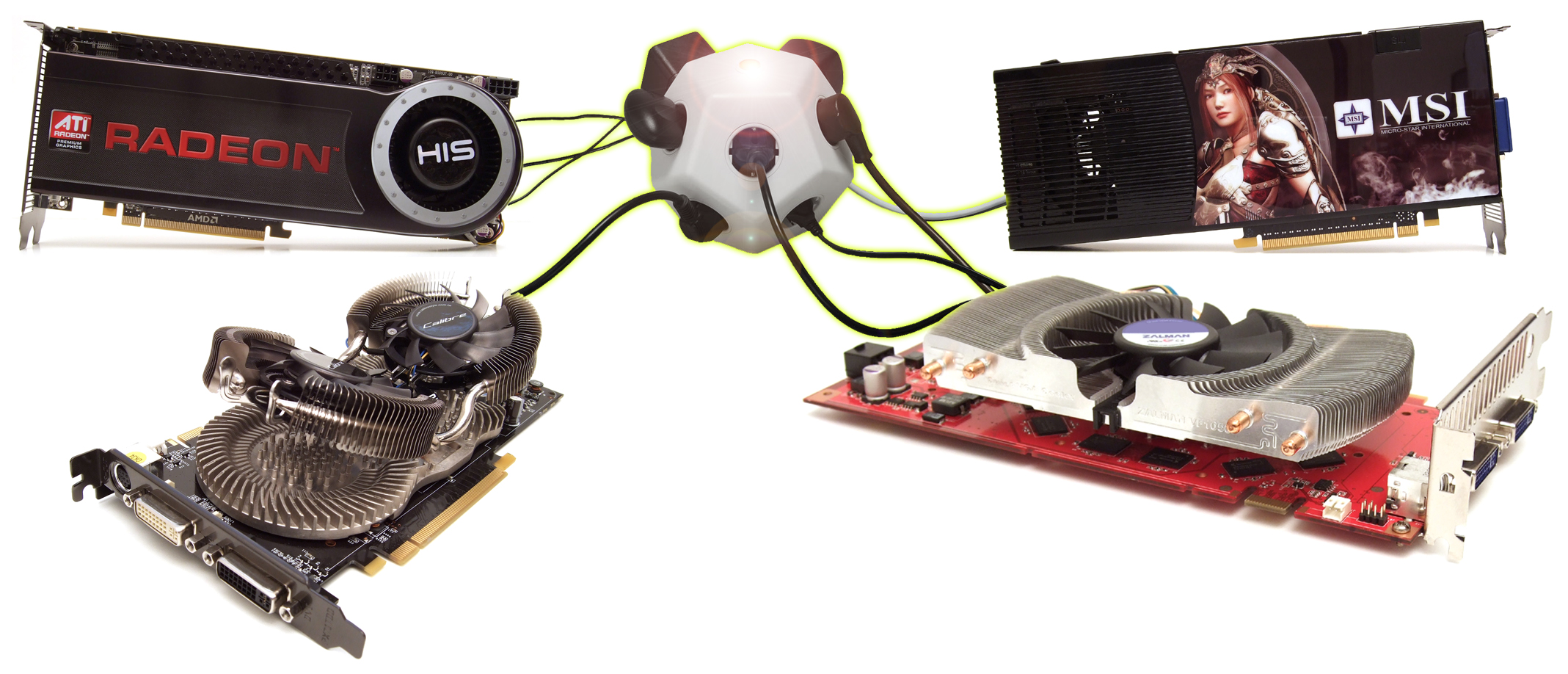How Much Power Does Your Graphics Card Need?
3D Performance Requires The Most Electricity
The power consumption of today's graphics cards has increased a lot. The top models demand between 110 and 270 watts from the power supply; in fact, a powerful graphics card under full load requires as much power as the rest of the components of a PC system combined. If you’re planning to upgrade to a dual-chip card or to extend your system with a second video card using SLI or CrossFire, then the GPU plays the biggest role in determining how many watts your next power supply must be capable of providing.
A stable power source is important if you want to avoid full-load crashes of the operating system, a.k.a. the dreaded “blue screen.” If you don’t have enough juice, then the PC or the power supply overheats, in the worst case, with a loud bang. The most important questions are: how many watts should the power supply have, does it deliver enough amps, and which plugs or adapters are necessary for the supply?
Of course, cost is also a factor. With today’s electricity prices, you must assess not just the cost of the hardware but also estimate the power used over the course of an entire year. If you don’t need ultimate 3D performance and are looking for a graphics card for your HTPC that’s more economical, you can compare four generations of AMD and Nvidia chips here.
Get Tom's Hardware's best news and in-depth reviews, straight to your inbox.
Current page: 3D Performance Requires The Most Electricity
Next Page Graphic Chip Comparison And Test Configuration